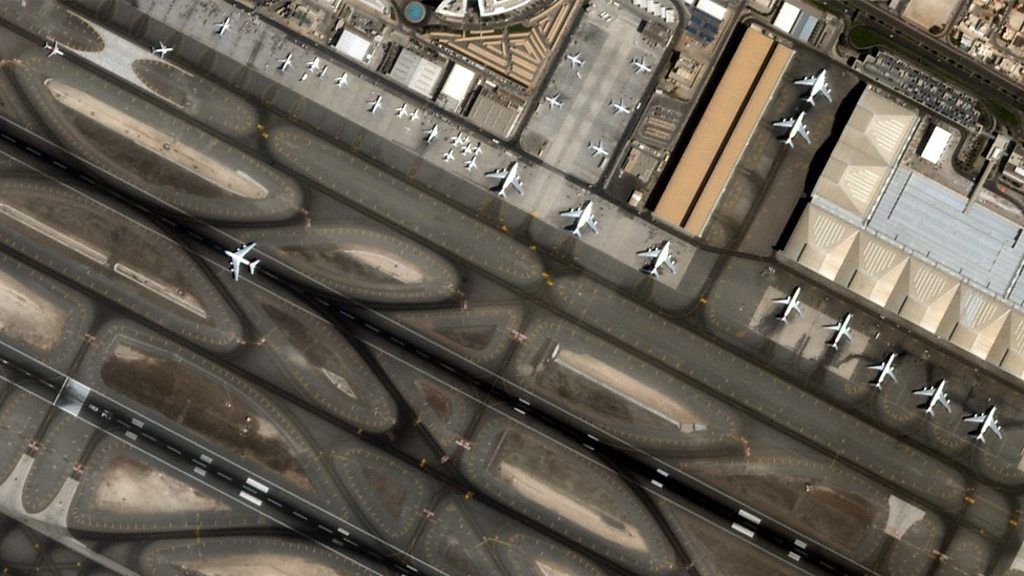Amazon CEO Jeff Bezos interviewed by Axel Springer CEO Mathias Döpfner about Amazon, Trump, Blue Origin, his family, and the advice he’d give entrepreneurs.
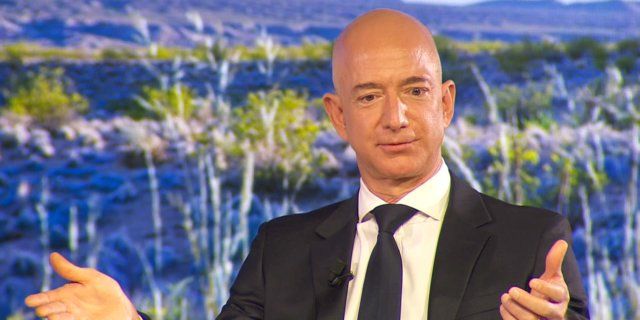

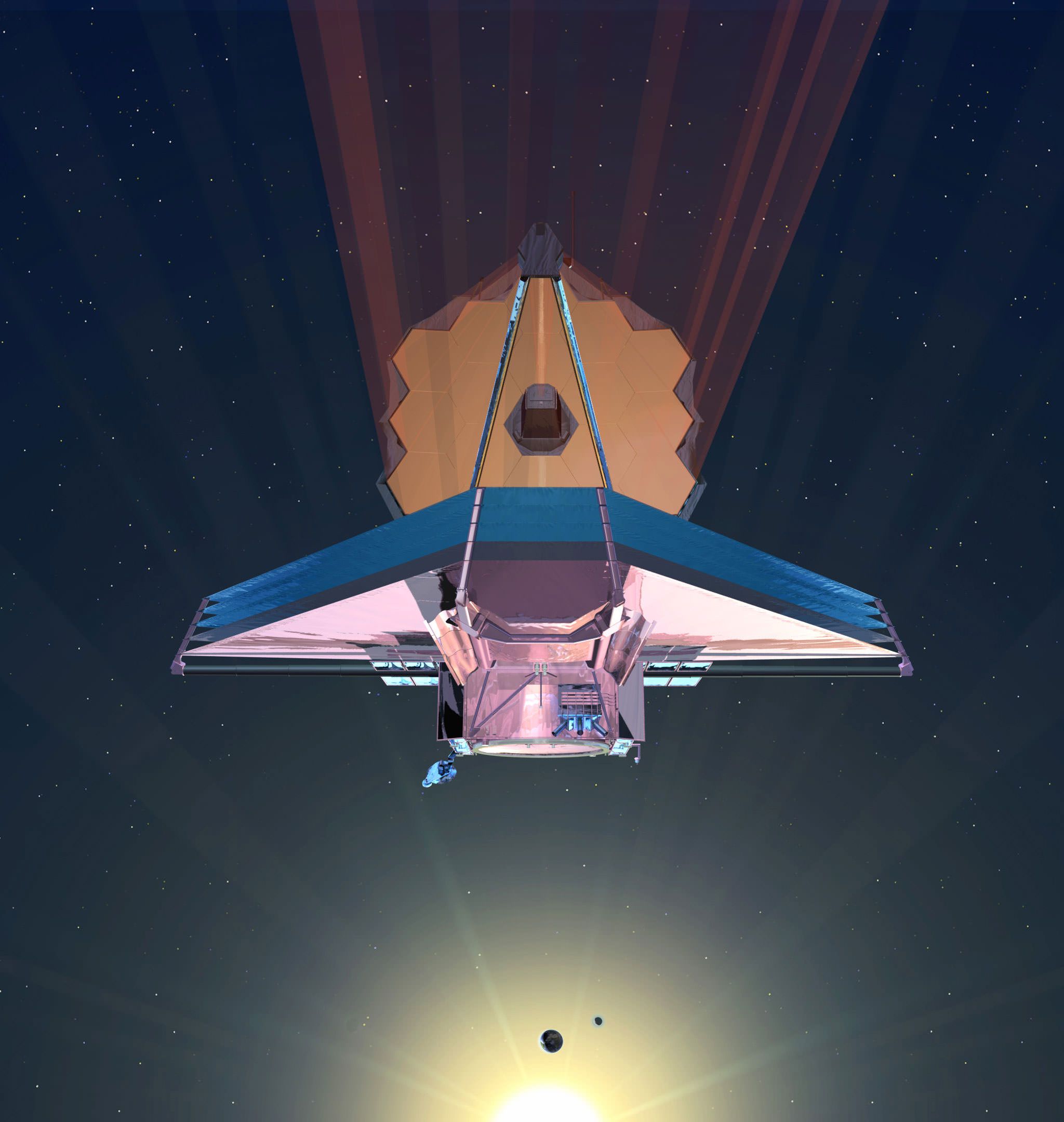
With the recent launch of the Transiting Exoplanet Survey Satellite (TESS) – which took place on Wednesday, April 18th, 2018 – a lot of attention has been focused on the next-generation space telescopes that will be taking to space in the coming years. These include not only the James Webb Space Telescope, which is currently scheduled for launch in 2020, but some other advanced spacecraft that will be deployed by the 2030s.
Such was the subject of the recent 2020 Decadal Survey for Astrophysics, which included four flagship mission concepts that are currently being studied. When these missions take to space, they will pick up where missions like Hubble, Kepler, Spitzer and Chandra left off, but will have greater sensitivity and capability. As such, they are expected to reveal a great deal more about our Universe and the secrets it holds.
As expected, the mission concepts submitted to the 2020 Decadal Survey cover a wide range of scientific goals – from observing distant black holes and the early Universe to investigating exoplanets around nearby stars and studying the bodies of the Solar System. These ideas were thoroughly vetted by the scientific community, and four have been selected as being worthy of pursuit.

The European Space Agency (ESA) has taken a “galactic census” of the Milky Way, unveiling the second major data release from the Gaia mission. Along with some stars further afield, the data release provides the most detailed map of our home galaxy, which includes position, distance and motion data of nearly 1.7 billion stars, as well as the orbits and positions of thousands of asteroids.
The Gaia spacecraft began scanning the sky in 2014, and in September 2016 the first data release was published based on 14 months of observations. It contained position and brightness data of 1.1 billion stars, as well as the distance and motion data of two million of those stars.
This second data release has expanded the scope dramatically. Using half a million bright, distant quasars as a kind of celestial reference frame, Gaia was able to determine the coordinates of close to 1.7 billion stars, and catalogued the motion of 1.3 billion stars. The latter group includes the velocity and parallax motion – the apparent shift of the stars in the sky caused by the Earth’s orbit – and allows researchers to separate their actual movements from those caused by our moving vantage point.
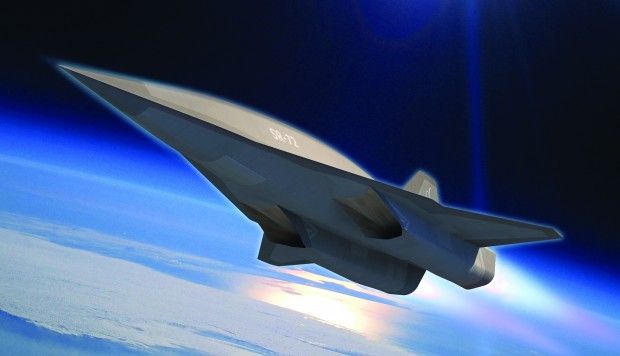
China is drawing up plans for an aerospace engine plant that would pave the way for the mass production of “hypersonic” planes or spacecraft capable of travelling at more than five times the speed of sound, boosting the country’s competitiveness in defence, space, business and other sectors, according to scientists familiar with the project.
The plant that would be built in Hefei, in China’s eastern Anhui province, could give the country an edge over the United States and Russia in the race to achieve large-scale applications of hypersonic technology, the scientists said.
Hefei deputy mayor Wang Wensong led a delegation to the Institute of Mechanics at the Chinese Academy of Sciences in Beijing last month to discuss the project’s roll-out, according to a statement on the institute’s website.

Two historic events happened this past week that will lay the groundwork for the future of American space exploration.
First, after a close vote in the Senate, Rep. Jim Bridenstine, R-Okla. – a former Navy combat pilot – was confirmed as the new head of NASA. I am confident he will be a strong leader in space exploration as we begin a new era of innovation, technological advancement and limitless exploration.
Second, Vice President Mike Pence laid out a bold vision for America’s future in space exploration during his opening remarks at the Space Foundation’s 34th Annual Space Symposium in Colorado. The vice president showed the Trump administration’s commitment to restoring American leadership in space, rightly pointing out that “we stand at the dawn of a new era of human activity in space; a turning point that will bring new opportunities and new challenges.”

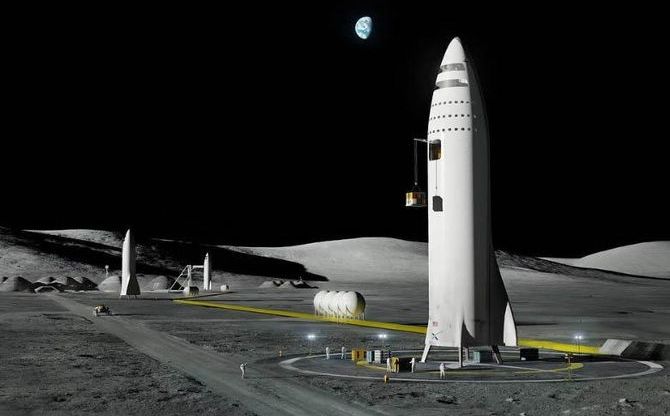
A trip to the moon for the rest of us.
